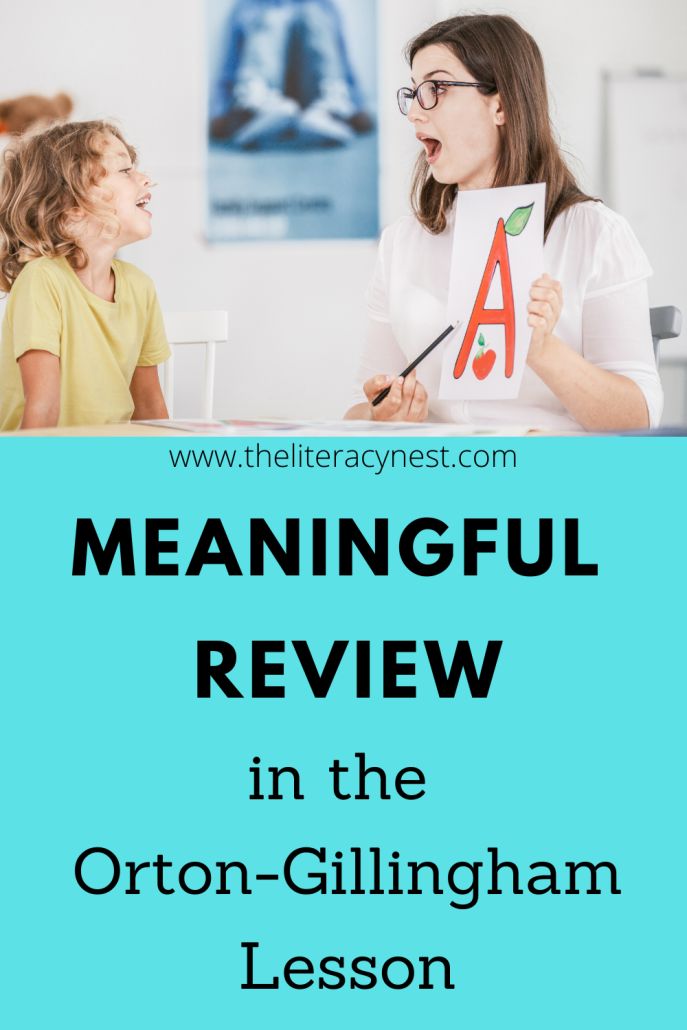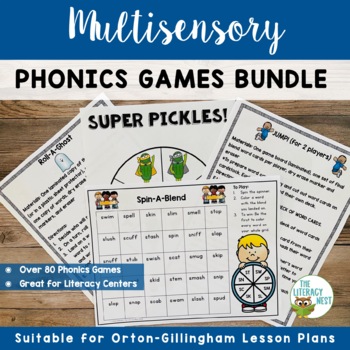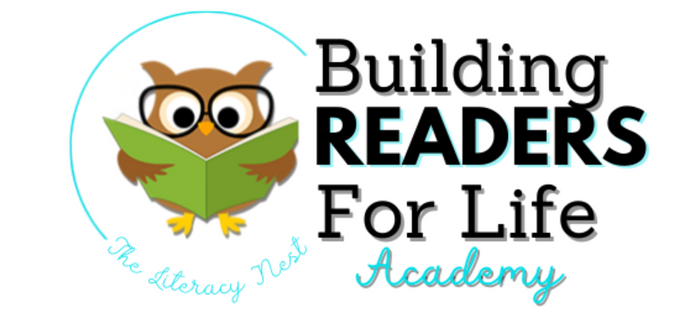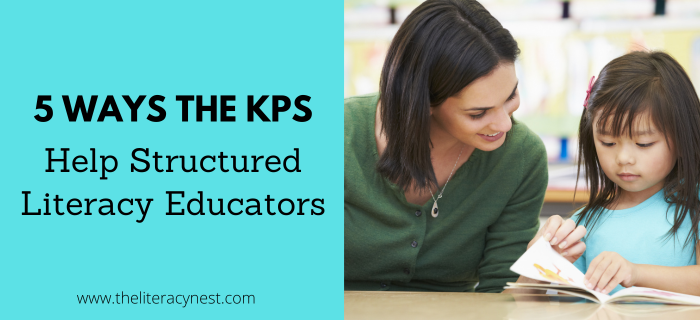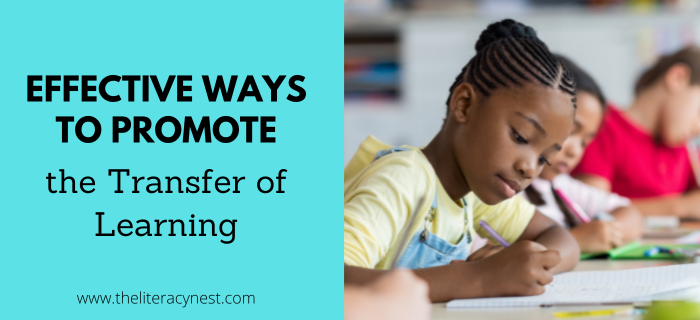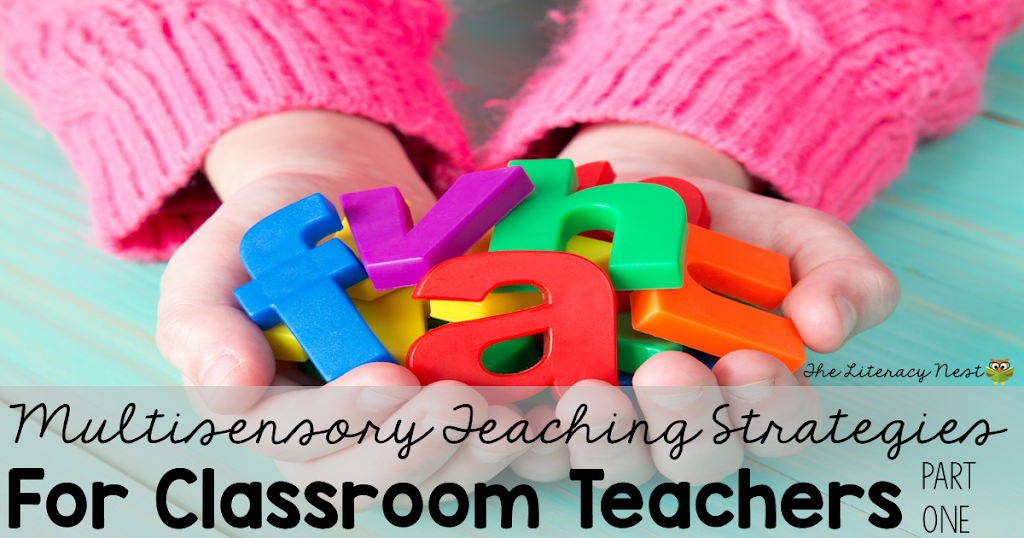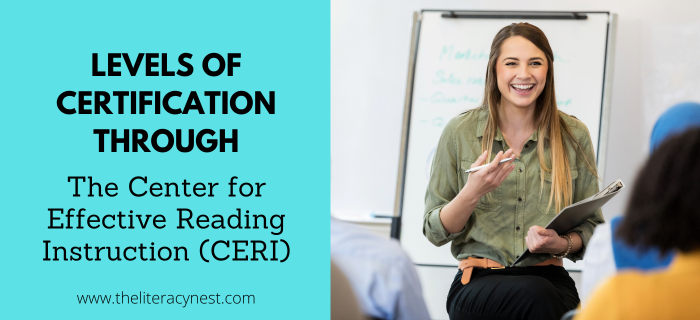Meaningful Review in Orton-Gillingham Lessons
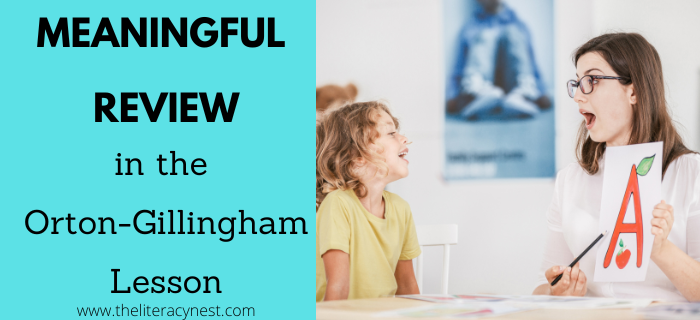
The very best practitioners make decisions for individual students regarding pacing, repetition, mastery, and review. Your students need meaningful time to review what you have previously taught based on their individual needs. Let me help you plan a meaningful and effective review in Orton-Gillingham lessons. If you are using an Orton Gillingham-based program, you can also use these tips to further personalize instruction.
When I am planning a lesson for my students, I put consideration into creating word lists, sentences, and discovery activities for our new concept. I weave this new concept into every aspect of our lesson. I also make deliberate and conscious decisions regarding reviewing word lists, sentences, and activities.
For me, planning review is a 2-part process.
- Part 1 is gathering information about what review is needed. This is a lot like making a shopping list for a new recipe or pulling ingredients out of the pantry.
- Part 2 is putting that information into the lesson through specific examples or activities. This is like measuring and adding the ingredients to your recipe.
Part 1: Gather the Data
Errors or patterns of errors gathered from observation over time.
This requires careful attention to the types of errors your students are making and whether those difficulties are occurring in reading, writing, sounds in isolation, or across multiple circumstances. Taking A Closer Look At Spelling Errors breaks down the three types of errors you may commonly notice.
For example, I have had students that struggle with a particular phonogram such as ou. They may have difficulty producing the sound, generating the phonogram for the correct sound, or reading or spelling words with ou. Perhaps they have difficulty across all these areas and are mixing up ou with another phonogram such as oa.
Errors from the most recent lesson or errors observed on the fly.
These may be the same as consistent error patterns or may be errors that took you by surprise. Unexpected errors can also be the result of teacher error such as accidentally including an untaught concept. To be most effective, errors chosen for review should be errors in student performance or understanding, not teacher errors. Tips for Error Correction will explain this important area of the Orton-Gillingham lesson plan more deeply.
Recently taught material on its way to mastery.
Pacing varies greatly from one student to the next. While one student may be ready for a new concept or sound each lesson, others require multiple lessons on a particular concept before beginning to achieve control. However, in most cases, students will need multiple exposures over multiple sittings to achieve ownership of a particular item of learning. Checking For Mastery in Orton-Gillingham Lesson Plans provides further explanation and tips for checking whether your student is reaching mastery or needs further review.
Major concepts such as syllable types, spelling rules, etc.
Some major concepts require such frequent, intensive, and repeated practice that they are never truly let go. These are some of the prime areas of difficulty for students with dyslexia. I consciously try to work at least one of these elements into each lesson. As I weave these elements into lessons, I ensure that all concepts are eventually reviewed.
Part 2: Planning and Implementing the Review
Card and blending drill.
During the phoneme card drill and blending drill, I generally weave in 3 types of review. I ask questions that touch on key concepts or vocabulary such as digraphs, consonants, and vowels. I use error correction procedures including tracing to address and review specific phonograms that a student may be struggling with. I make sure to include the most recently taught phonograms or repeated errors as part of the blending drill and phonogram drill. 12 Fresh Ideas for Your Phonogram Card Drill will provide a lot more ideas that are easy to implement.
Warmup activity or extension activity.
I typically include a brief warm-up activity that reviews one of the major concepts such as spelling rules or syllable types either before reading the review words or before introducing the new concept. If no clear area of difficulty has emerged, I cycle through the key ideas, choosing one for each day’s lesson.
For persistent areas of difficulty or deep confusion, I may include an extension activity that specifically targets those skills. This might include contrast drills, vowel-intensive activities, or sorts. These are quick and hands-on.
One of the best extension activities you can provide is games or gamified activities. Games can offer more varied practice and repetitions to build toward mastery. Check out my Orton-Gillingham: Multisensory Phonics Games Activities Bundle for more ideas.
In season 1, episode 11 of the Together In Literacy podcast, The Importance and Benefits of Playing Games with Your Students, Casey and I talk about the benefits of playing games with our students, the different purposes these games serve, and tips to keep in mind when planning what games to use (and how) in your lessons.
Review reading words and reading sentences.
Since review words and sentences are planned in advance, this is a good opportunity to work on recently taught material on its way to mastery. This might include the past few lessons’ worth of new concepts, misunderstandings, or errors that keep rearing their head. I try to include a variety of syllable division patterns and syllable types.
Warm up to the new concept discovery.
As I move into new lesson material, I begin with a review of something that the student knows. Ideally, I like to link their old learning to the new learning that is about to happen. If we are learning a new prefix, I might have a student identify the prefix, suffix, and baseword in a new word. If we are learning a new spelling pattern, we might review a similar spelling pattern. If we are learning a new phonogram, we might review all the ways of spelling that particular sound.
Writing review.
When doing “What says?”, I typically include all short vowels, all long vowels, the most recently taught phonograms, and any recent errors the student has made. To fill in any remaining space I cycle through the remaining sounds (consonants, vowels, chunks, diphthongs, digraphs).
For “what means?”, I include the day’s new learning, recently taught morphemes, and any specific errors that have previously emerged. For any remaining spots, I cycle through the remaining morphemes.
Review words for spelling are a combination of recent patterns, areas of difficulty noted in previous lessons, or tricky spelling rules. This is very much tailored to individual needs. One student might cover a lot of concepts in review words, while another may have multiple examples of a problem area for their spelling review.
Download your free printable guide to meaningful review in your Orton-Gillingham lessons.
So, what is the recipe for effective review in Orton-Gillingham lessons?
A dollop of the area of difficulty, a spoonful of recent learning, a generous dash of recent errors, and a sprinkle of things we don’t want the students to forget. Ingredients are carefully arranged with keen observation and intentionality and adjusted to taste.
You can use Word List Builder to create customized and meaningful review in your Orton-Gillingham lessons! Build your folder of words, create templates and games, and so much more!
Are you looking for professional development that will help you become a more effective structured literacy educator? The Literacy Nest has a membership for that…
Building Readers for Life Academy is a monthly membership program that empowers educators AND families by diving into structured literacy and strategies for ALL learners. With BRFL Academy, you’ll learn what it takes to help EVERY student become a reader for life.
